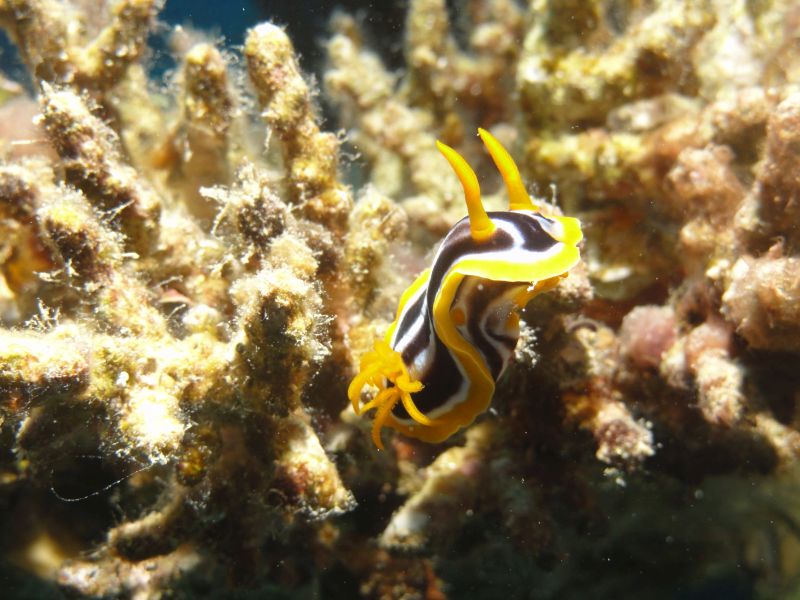
From Vision to National Leadership in Marine Research
 Impact of Climate Change
Impact of Climate Change& Human Disturbances on BiodiversityThe new Morris Kahn Research Station at Kibbutz Sdot Yam serves as the academic base
for marine biodiversity research and monitoring programs operated by the Department of
Marine Biology. The Morris Kahn Station is also home to a center for scientific diving,
equipped with cutting-edge technologies and field labs. The Station is headed by
Prof. Dan Tchernov, who currently serves as the Vice President for External Relations
and Resource Development.
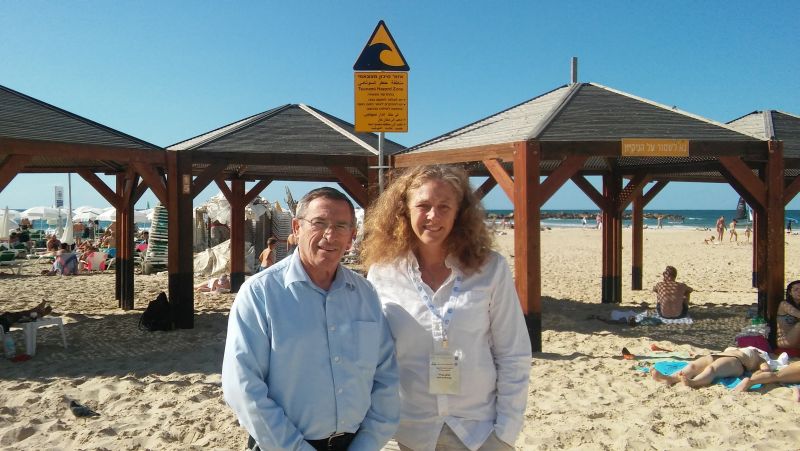
Educating the Public:
Tsunami Warning Signs and InstructionsResearch by Dr. Beverly Goodman of the Dr. Moses Strauss Department of Geosciences in collaboration with Brigadier General Bezalel Traiber, Head of National Committee for Emergency and Disaster Preparedness, spearheaded a major public awareness campaign placing tsunami warning signs and instructions all along the Israeli coastline. The effort is expected to save thousands of lives in the case of a tsunami event. Read more here.

Practical Uses for Jellyfish Secretions Jellyfish secretions are capable of binding microplastics. A team of scientists led
by Dr. Dror Angel from the Department of Maritime Civilizations, are investigating
jellyfish as a possible biological filter for industrial purposes. The study is part of
an international research group awarded a €6 million grant under the EU’s Horizon
2020 Programme, called GoJelly.
Understanding Climate Change
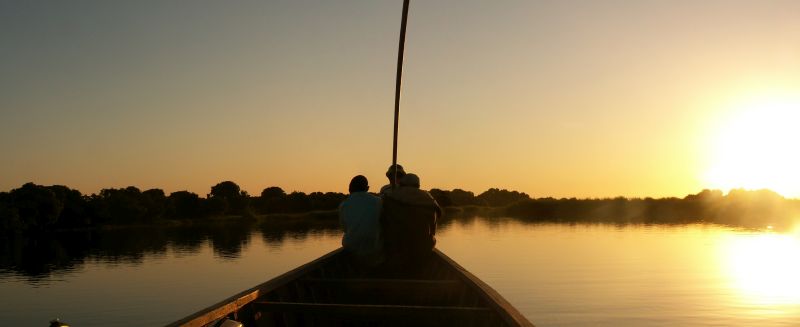
A research expedition to Lake Chad in west-central Africa, aims to
gain insight into climate change by studying abrupt climate and
hydrological changes in the Sahel and Sahara regions. The team,
headed by Dr. Nicolas Waldmann from the Dr. Moses Strauss
Department of Marine Geosciences, is using a high-resolution Chirp
system to map and analyze mineral deposits along the lake.
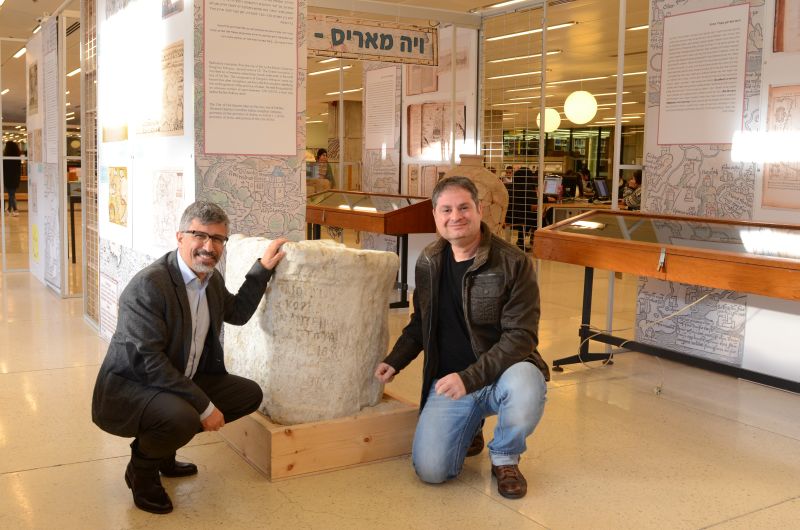
Rare Archeological Find
Bearing the Name of JudeaStudents of the Department of Maritime Civilizations uncovered a 700-kilogram
stone slab with a Roman inscription mentioning the province of Judea. According
to Dr. Gil Gambush and Prof. Assaf Yasur-Landau, who led the underwater
excavation at Tel Dor, “This is a rare and important historical find, since Rome
attempted to erase all traces of Judea following the Bar Kokhba revolt.”
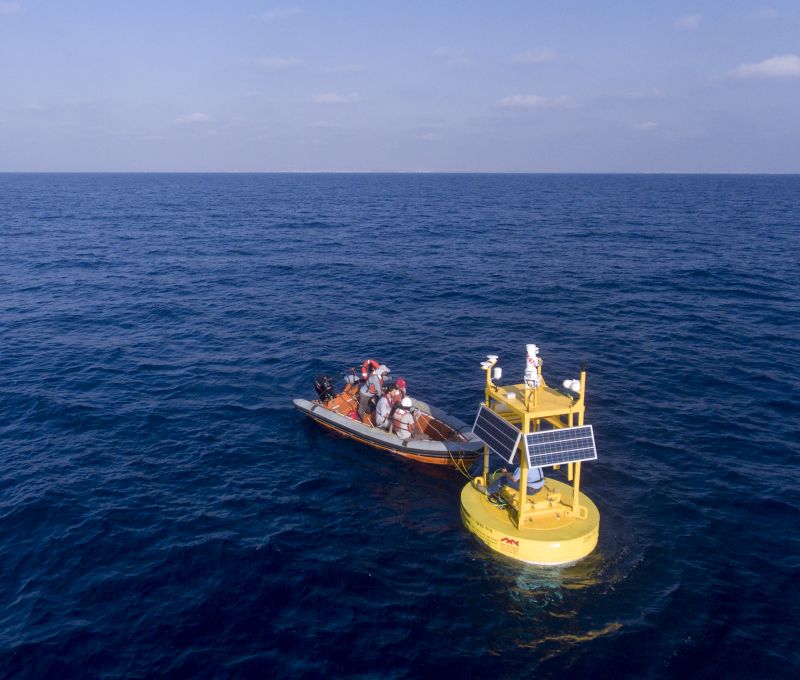
Expanding Global Ocean Observatory
and EducationThe Hatter Department of Marine Technologies and Texas A&M’s
Geochemical and the Environmental Research Group operate a joint
offshore observatory in the Eastern Mediterranean Sea, collecting real-time
oceanographic and biological data from its shallow mooring (at 125 m) and
deep mooring (at 1,500 m) systems. Data collected by Texas A&M –
University of Haifa Eastern Mediterranean Observatory (THEMO) is made
publicly accessible to the international scientific community.

Instant Underwater Image Enhancement
Dr. Tali Triebetz at the Hatter Department of Marine Technologies is
developing advanced computer vision reconstruction algorithms for
enhancing underwater visibility in deep-sea exploration. In collaboration
with scientists from Tel Aviv University, Prof. Shai Avidan and Dana Berman,
her work enables researchers to get a clearer picture of marine life. More on the project here.
Related Articles:
- The Leon H. Charney School of Marine Sciences: Tribute to Visionary Founder
- Messages from Outgoing School Director, Prof. Zvi Ben-Avraham, and Incoming Director, Prof. Ilana Berman-Frank: The Leon H. Charney School of Marine Sciences Celebrates 10 Years of Excellence

